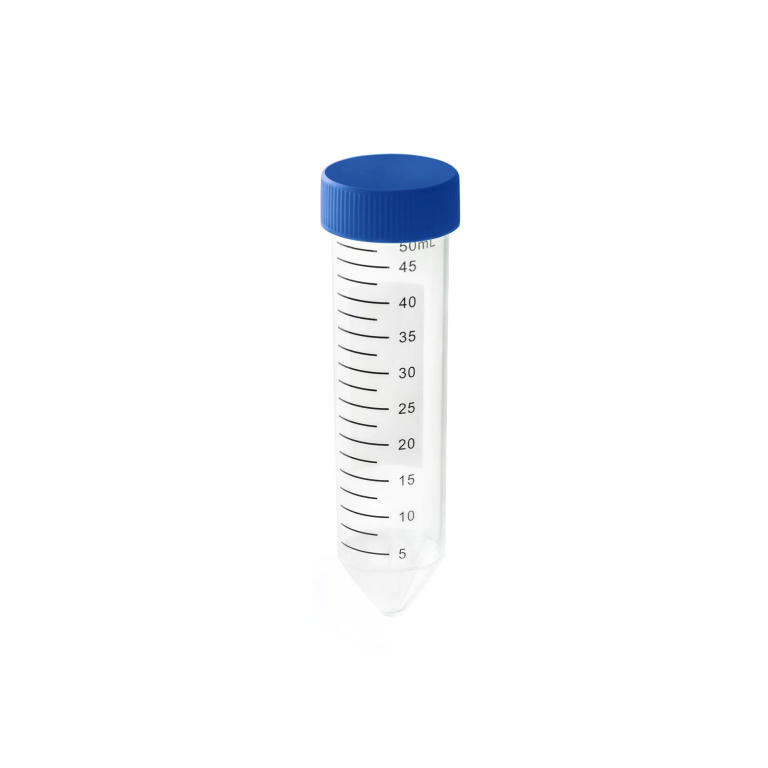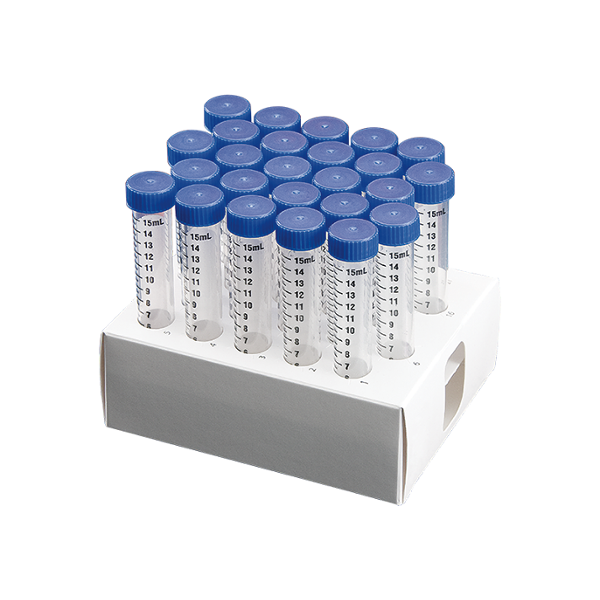Microcentrifuge tubes, also known as microtubes or microfuge tubes, are widely used in laboratory settings for various purposes due to their small size and versatility. Some common uses of microcentrifuge tubes include:
- Sample storage: Microcentrifuge tubes are commonly used to store small volumes of liquid samples such as DNA, RNA, proteins, enzymes, buffers, reagents, and various other biological or chemical substances.
- Centrifugation: Microcentrifuge tubes are designed to withstand high centrifugal forces generated during centrifugation. They are used to separate components of a sample based on their density, size, or molecular weight. For example, centrifugation can be used to separate cellular debris from supernatant, to pellet cells or particles, or to isolate biomolecules such as DNA, RNA, or proteins.
- Molecular biology applications: Microcentrifuge tubes are essential in molecular biology techniques such as PCR (Polymerase Chain Reaction), DNA/RNA extraction, purification, and manipulation, as well as enzyme assays, nucleic acid sequencing, and various other molecular biology experiments.
- Sample preparation: Microcentrifuge tubes are used for various sample preparation procedures, including mixing, diluting, vortexing, and aliquoting of samples for downstream analysis.
- Chemical reactions: Microcentrifuge tubes are often used for small-scale chemical reactions, such as enzyme assays, protein precipitation, and chemical synthesis reactions.
- Storage and transportation: Microcentrifuge tubes are often used for short-term or long-term storage of samples at various temperatures, including room temperature, refrigeration, or ultra-low temperatures (e.g., -80°C or lower). They are also commonly used for transporting samples between different locations within a laboratory or between laboratories.
Overall, microcentrifuge tubes are indispensable tools in laboratory research, diagnostics, and biotechnology applications due to their small size, versatility, and compatibility with a wide range of laboratory techniques.


